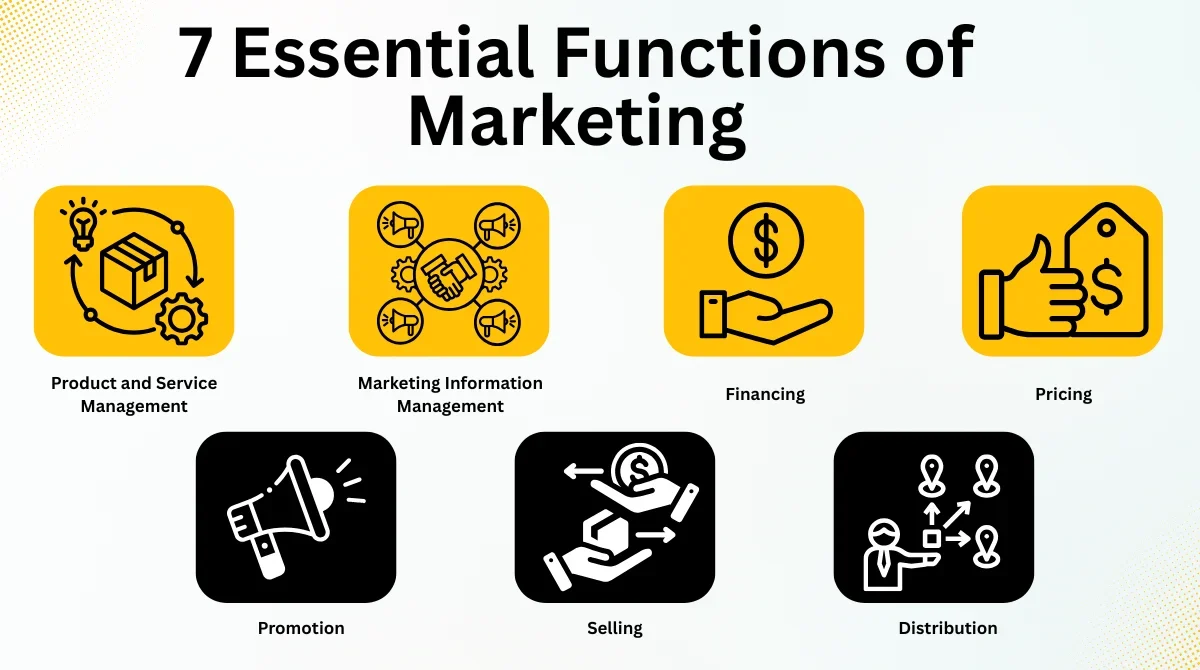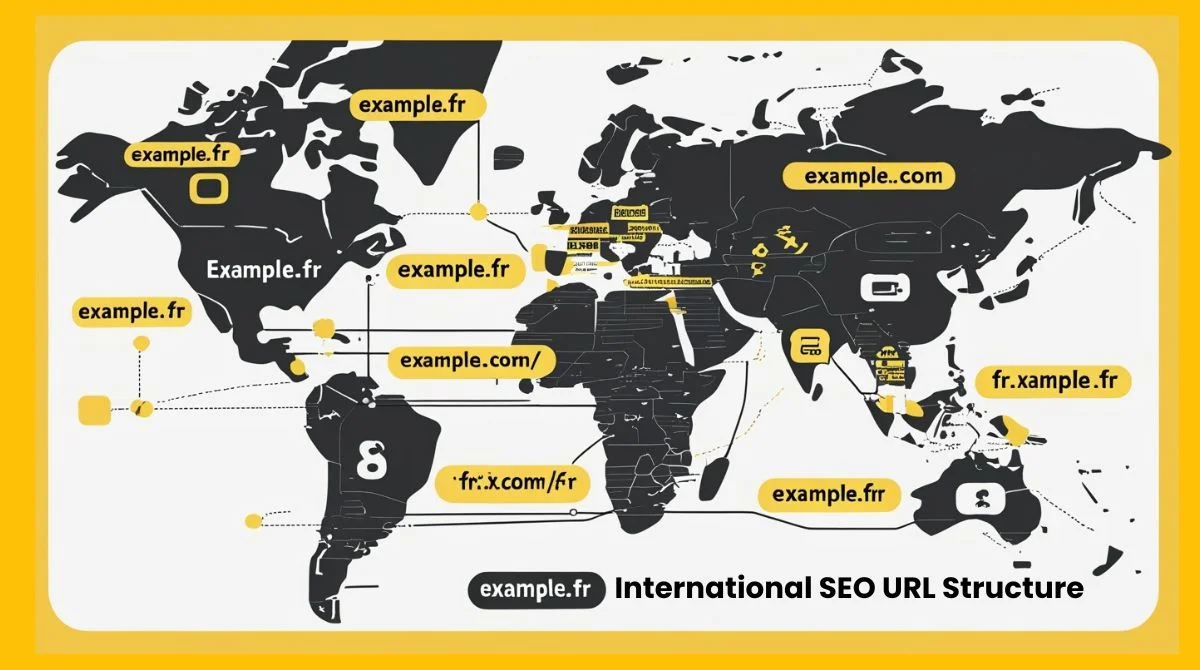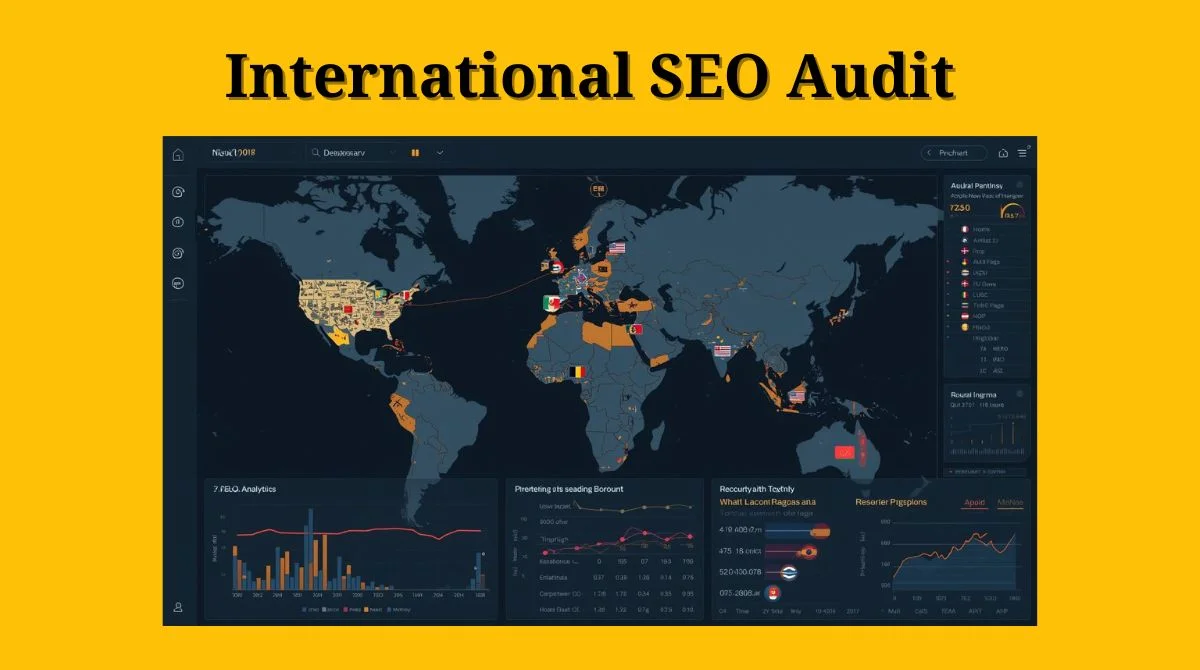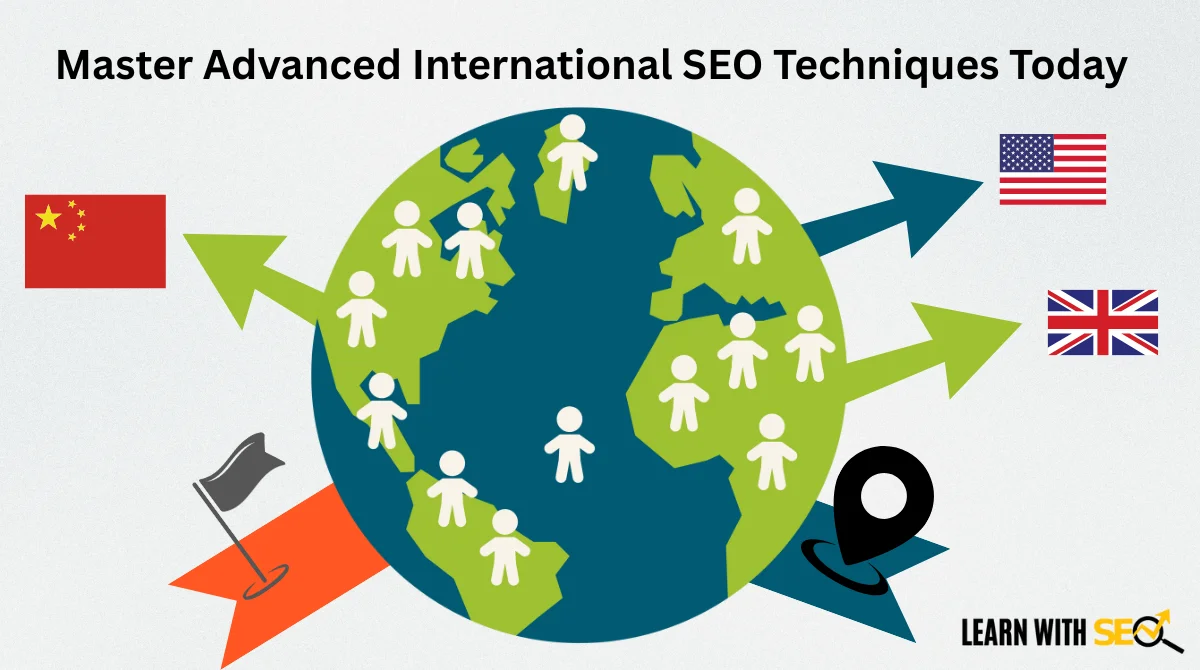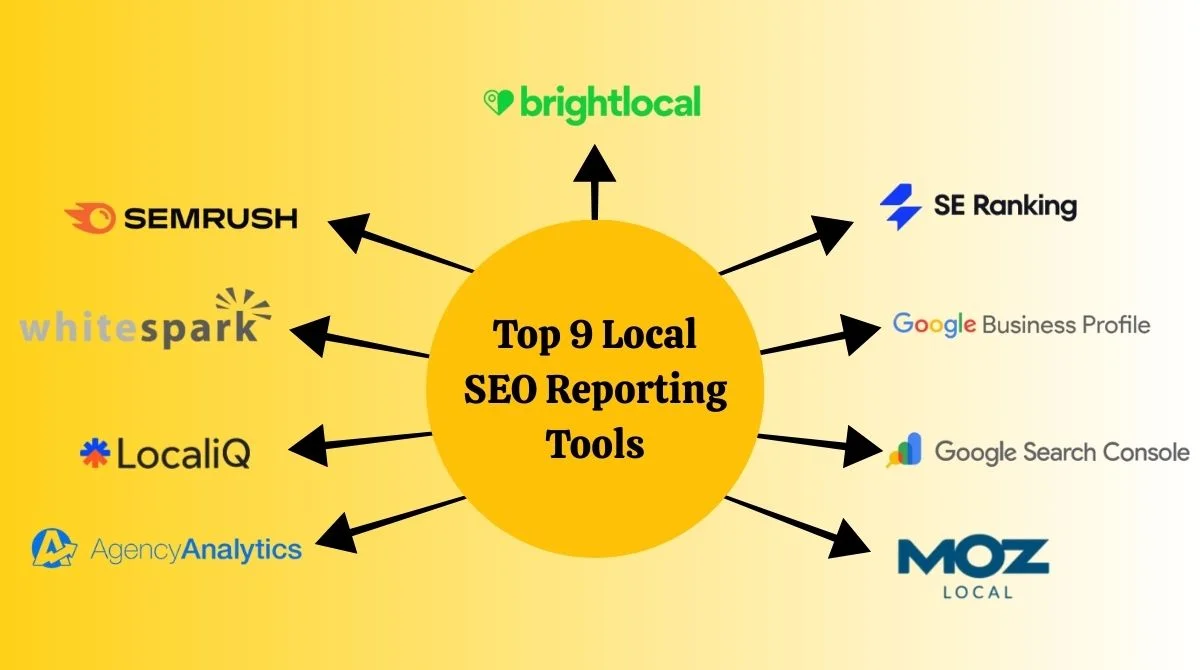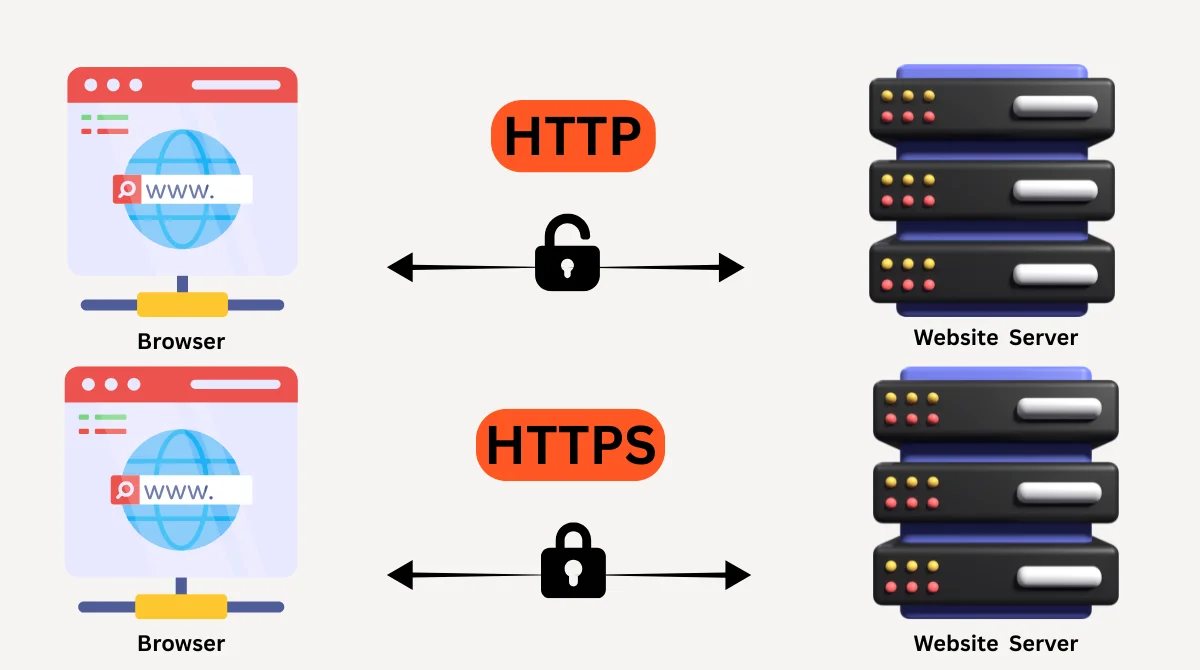Marketing is more than just selling or advertising. It connects businesses with customers, builds trust, and helps them grow in a competitive market. Experts explain this process through seven key functions of marketing.
Whether you are a business owner, student, or curious learner, these functions show how marketing creates value. Let’s explore them in simple words with clear examples.
1. Product and Service Management

The first function of marketing is all about products and services. Every business needs to decide what to sell, how to improve it, and how to make sure it matches customer needs. This is called product and service management.
Think about your favorite phone brand. Each year, they release updated models featuring enhancements such as faster processors, upgraded cameras, and extended battery life. Why do they do this? Because customers want new and useful features. If the brand stops improving, people will switch to another one.
This function involves tasks such as:
- Researching what people want and need.
- Improving existing products or creating new ones.
- Deciding on product design, quality, and packaging.
- Removing products that no longer sell.
In simple terms, this function makes sure a business always offers products that people find useful, attractive, and valuable.
2. Marketing Information Management
Businesses cannot guess what customers want. They require accurate and reliable information to make informed decisions. This is where marketing information management comes in.
This function collects, studies, and uses data about customers, competitors, and market trends. For example, online stores track what products people search for, what they click, and what they buy. This information helps the store know which products are popular and which are not.
Some ways businesses gather marketing information include:
- Customer surveys and feedback forms.
- Social media insights.
- Sales reports and data analysis.
- Competitor research.
Good information helps businesses launch the right products, set fair prices, and plan promotions that actually work. Without it, marketing becomes just a guess.
3. Financing

Every business activity costs money, including creating products, advertising, transporting goods, and even paying staff. The financing function of marketing focuses on making sure funds are available to support all marketing efforts.
This doesn’t mean just having money, but also managing it properly. For example, if a small bakery wants to advertise on social media, it needs to set aside a budget for ads. If a big company wants to expand into another country, it might need a loan or investment to cover the costs.
Financing helps with:
- Budgeting for promotions and advertising.
- Covering the cost of production and distribution.
- Offering credit or installment options to customers.
- Attracting investors for business growth.
Without proper financing, even the best marketing ideas cannot work. It is like having a car without fuel; you know where to go, but you can’t move.
4. Pricing
Price is one of the most important decisions in marketing. When the price is set too high, customers might avoid purchasing, but if it’s too low, the business risks reducing its profits. The pricing function finds the perfect balance.
Businesses decide prices by studying:
- How much does it cost to make the product?
- How many competitors are charging?
- How much customers are willing to pay.
- Seasonal demand or discounts.
For instance, when a new device is introduced to the market, it typically comes with a higher price tag. But after a few months, discounts are offered to attract more buyers. Similarly, luxury brands keep their prices high because people value them as a symbol of status.
The goal of pricing is to cover costs, make profits, and stay competitive while keeping customers happy.
5. Promotion
Promotion is the part of marketing that most people recognize. It covers all the strategies and actions businesses use to promote their products and convince customers to make a purchase.
Promotion is not just about TV ads or billboards. Today, it also includes social media campaigns, email marketing, influencer partnerships, and even content on websites like blogs or videos.
Promotional tools include:
- Advertising (TV, radio, online ads, billboards)
- Sales promotions (discounts, coupons, offers)
- Public relations (press releases, media coverage)
- Personal selling (salespeople explaining products)
- Digital marketing (social media, SEO, email)
For example, when a new movie is released, you see posters, trailers, interviews, and social media hashtags everywhere. This is promotion in action; it spreads awareness and creates excitement.
6. Selling
Selling is about more than just exchanging money for a product. It is about building a relationship with customers and making sure they feel satisfied with their purchase.
When you visit a store and a salesperson explains which phone best fits your needs, that is selling. When you chat with an online customer support agent before making a purchase, that is also selling.
The selling function involves:
- Understanding customer needs.
- Presenting the product in the best way.
- Answering questions and solving problems.
- Encouraging customers to make a purchase.
Strong selling creates loyal customers who come back again and again. It is not about pushing people to buy something they don’t need; it’s about guiding them to the right choice.
7. Distribution (Place)
The final function of marketing is distribution, sometimes called “place.” This deals with how a product reaches customers. Even the best product won’t be successful if people cannot access it.
Distribution answers questions like:
- Will the product be sold in stores or online?
- Should it be available in supermarkets, malls, or local shops?
- How will the product be shipped by truck, plane, or ship?
For example, Amazon is a master of distribution. It ensures that products are stored in warehouses close to customers, allowing for fast delivery. Similarly, soft drink companies ensure their products are available everywhere, from small shops to big supermarkets.
Good distribution makes products easy to find and buy. If customers have to struggle to get them, they may choose competitors instead.
Why These Functions Matter?

Each of these seven functions plays a special role, but together they form the complete marketing system. If even one function is missing, the process becomes weak. For example, you can have a great product, but without promotion, no one will know about it.
Or you can advertise a lot, but if your pricing is wrong, people won’t buy. A marketing strategist carefully studies these functions and makes sure they all work together, helping businesses build stronger relationships with customers, compete effectively, and grow sustainably over time.
FAQ
1. What are the 7 functions of marketing?
The seven functions are product and service management, marketing information management, financing, pricing, promotion, selling, and distribution.
2. Which function focuses on pricing?
The pricing function sets product costs by considering production, demand, competitors, and customer expectations.
3. What is the difference between promotion and selling?
Promotion creates awareness through ads and campaigns, while selling involves direct interaction to convert interest into purchases.
4. Can small businesses apply these functions?
Yes, small businesses can use them by gathering customer feedback, setting fair prices, promoting on social media, and selling locally or online.
5. Which function relies on customer feedback?
Marketing information management uses feedback to improve products, strategies, and decision-making.
Conclusion
The seven functions of marketing work like the gears of a machine; each one plays a specific role, and together they drive the business toward growth and success. From managing products to setting prices, promoting, and ensuring proper distribution, each step makes sure customers get what they want, when they want it, at a fair price. If you are learning about marketing or running your own business, keep these functions in mind. They will guide you in making smarter decisions, connecting with your audience, and building long-term success.

